Ahhhh, France. Just when you think it can’t possibly get any better or suprise you more, you head north and discover the rolling hills, seaside villages, and history of Normandy.
Our final stop on our British Isles cruise was – surprise! – actually not in Britain at all. While some of our group made their way to Paris for the day, a few of us decided that we may not be seeing this northern shore again anytime soon, and to take advantage of the opportunity to explore and experience a new part of one of our favorite countries. 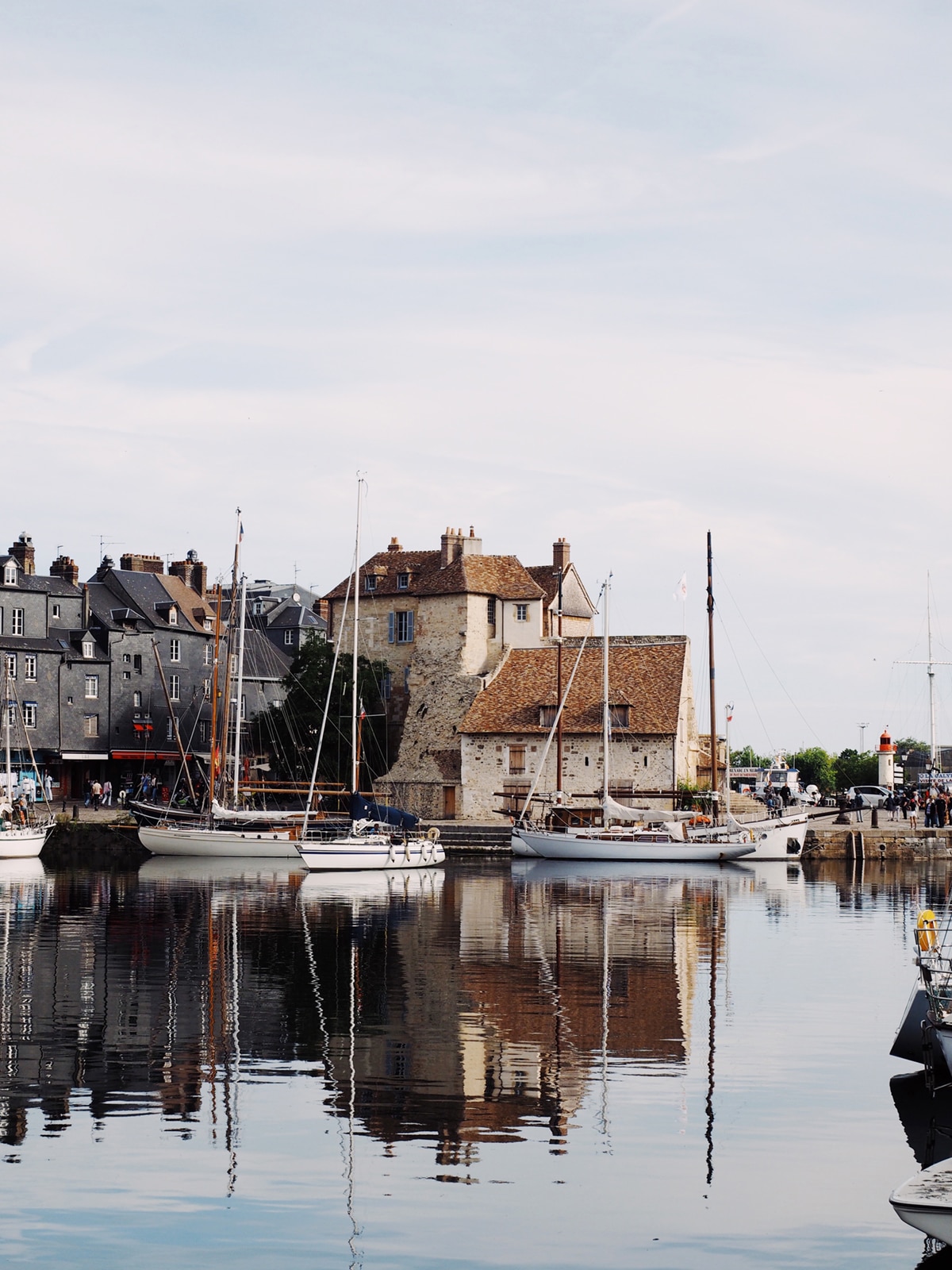
We took an early morning bus from the ship, which docked in Le Havre, to the seaside village of Honfleur. Located where the Seine meets the English Channel, the old harbor looks like a movie set, it’s so damn charming. 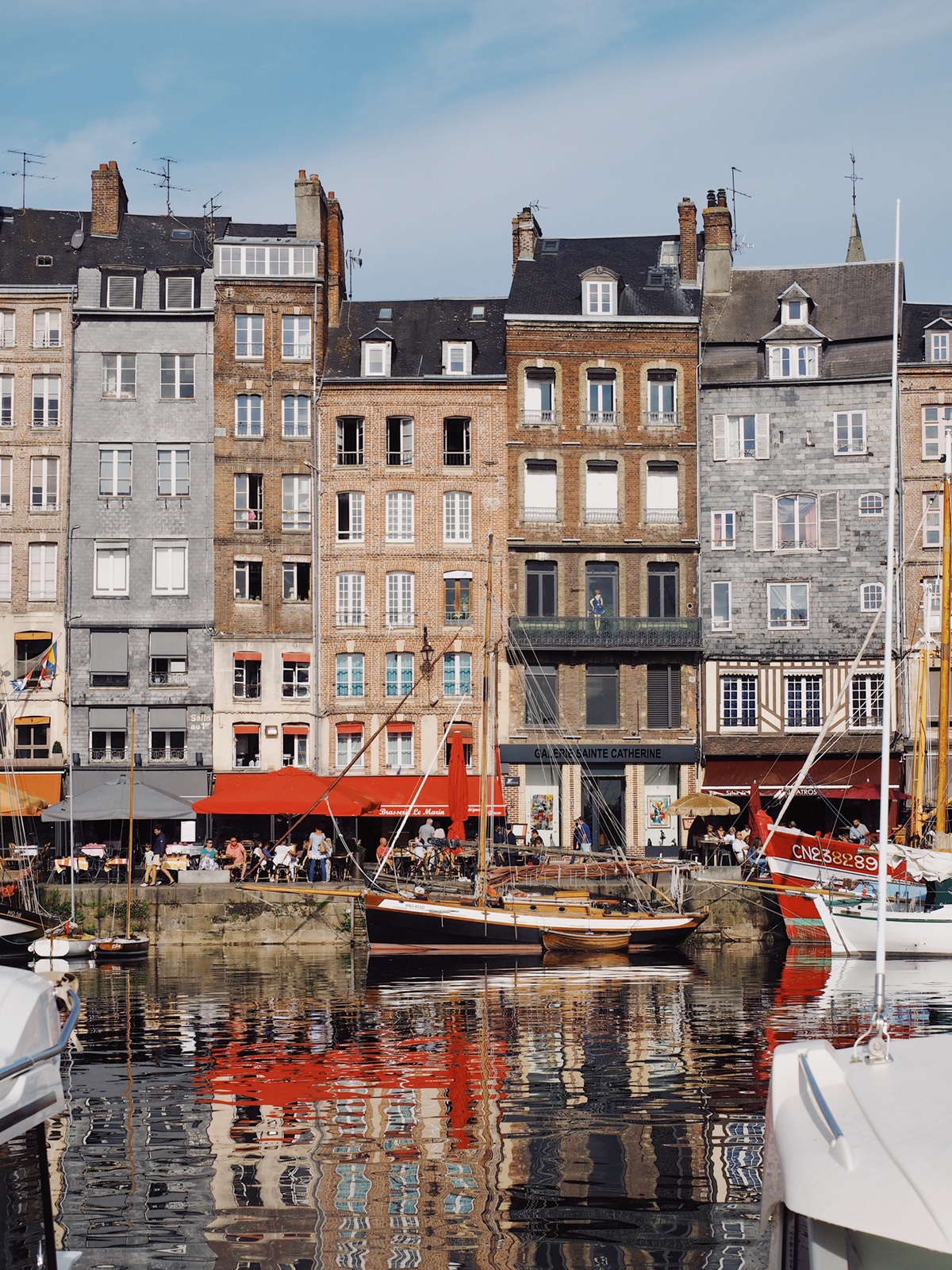
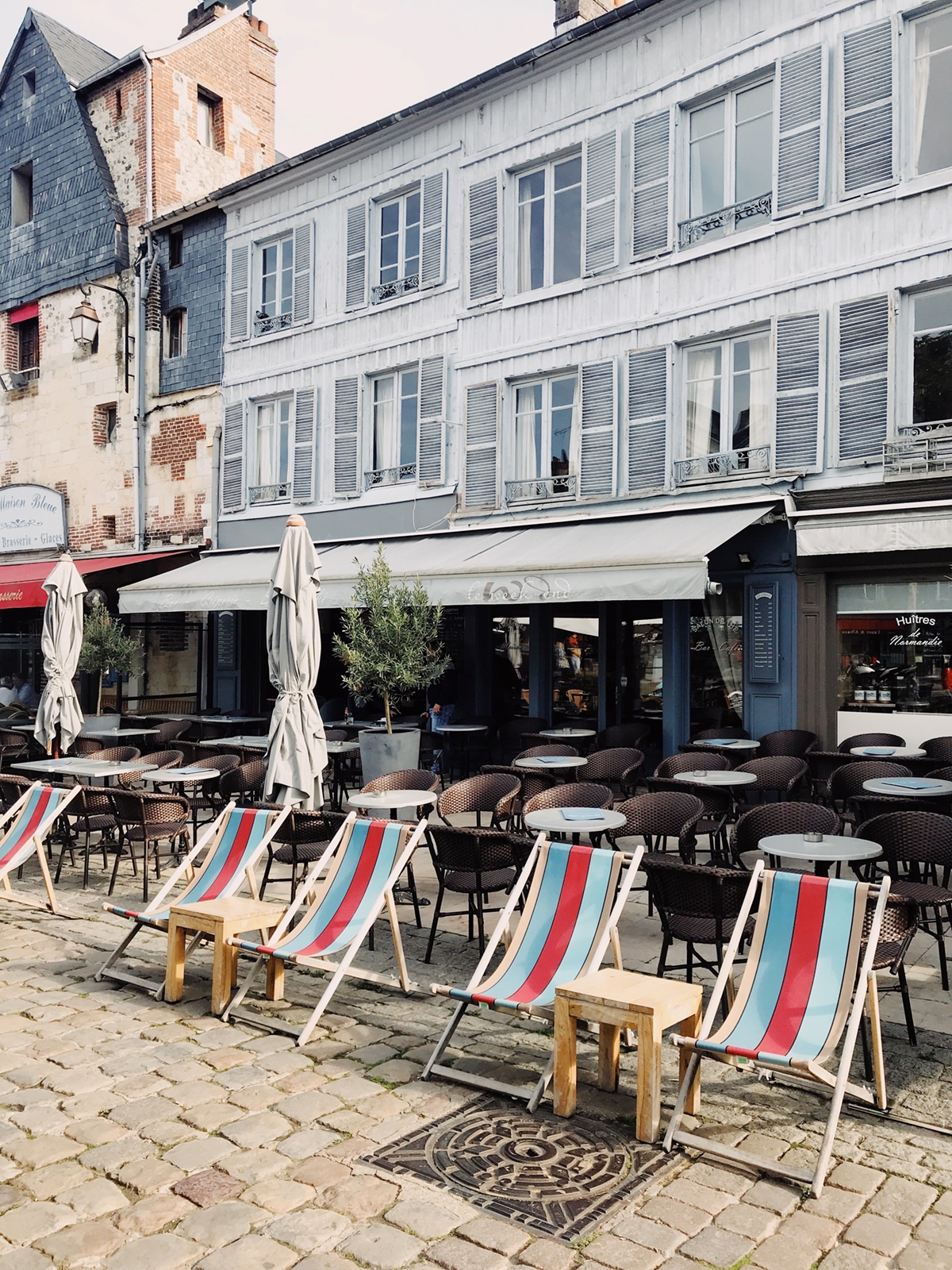
We had a late breakfast of giant crepes before a quick walk through the town. Known as a home to many artists – including Monet – during the rise of Impressionism, the town is still referred to as a bit bohemian, and has such a laid-back feel to it. The buildings are far from meticulous, and I liked that they embraced their harbor roots and age here.
One of my favorite things about Normandy is the facades of the countryside homes and village buildings…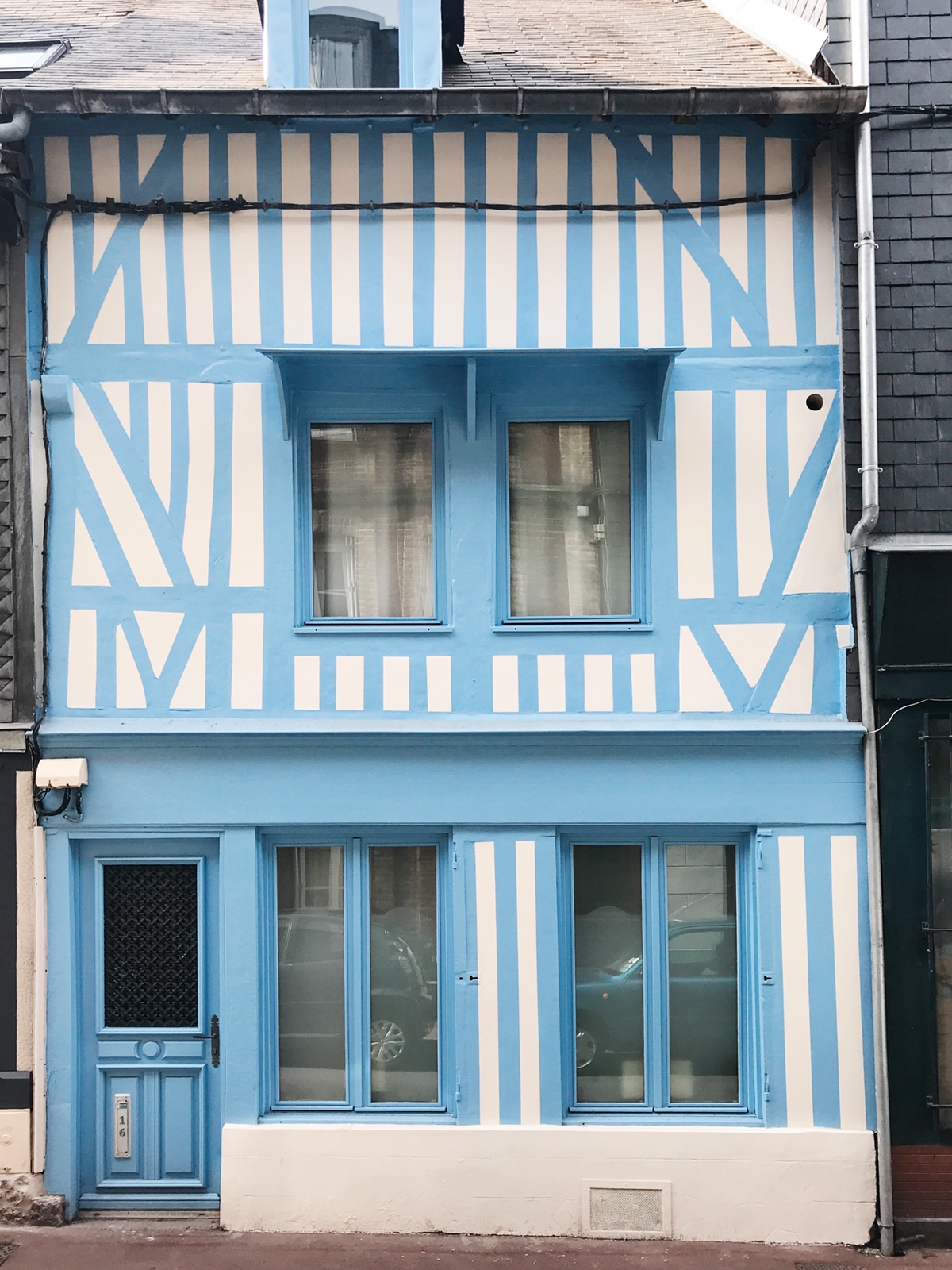
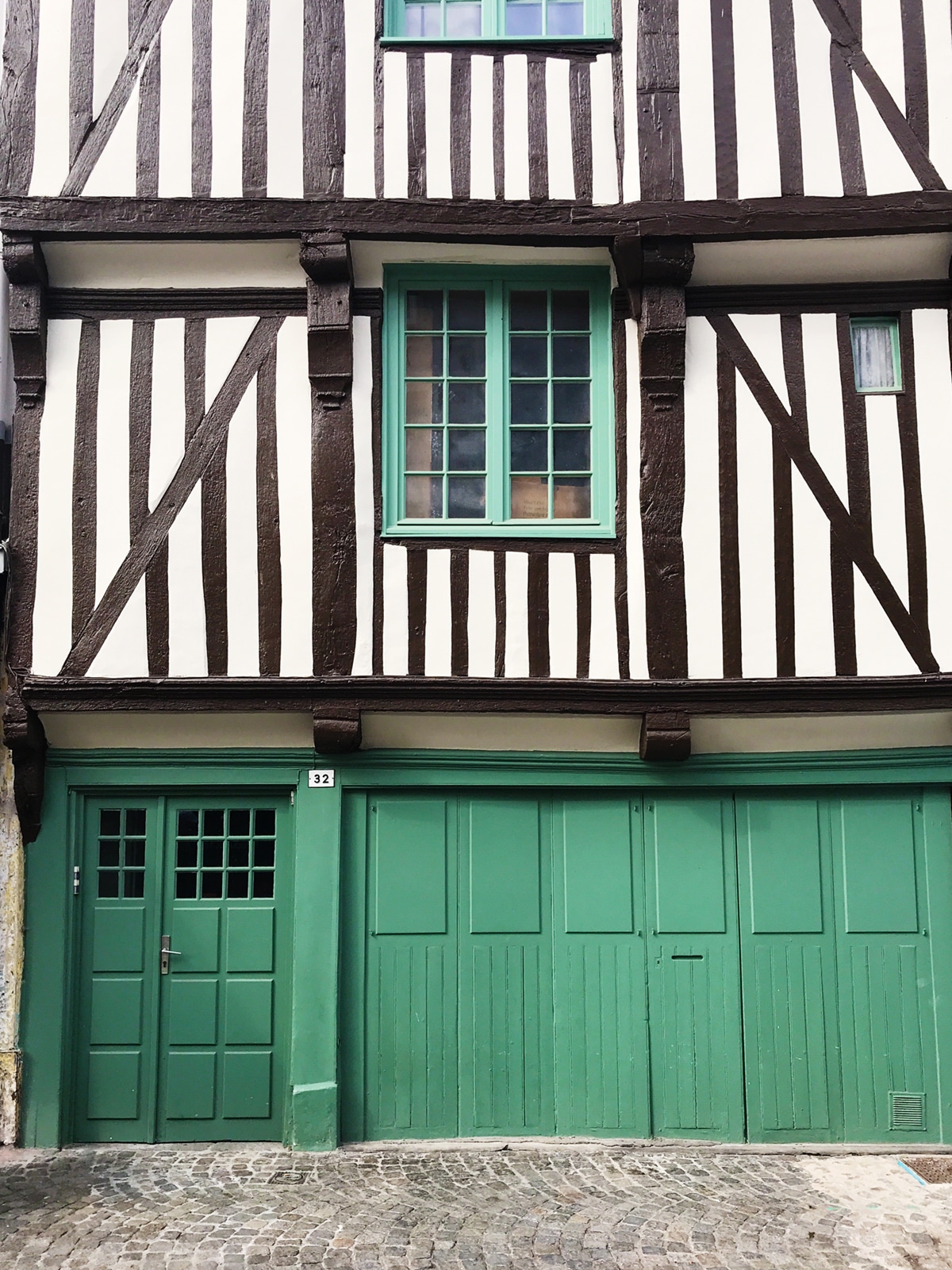
Whether painted on or actually built out of wood, I had always assumed this type of facade to be more Bavarian than French. Turns out I needed a little history lesson to discover that northern France is infamous for this style!
The market in Honfleur was a highlight, with so many goodies that I wanted to take home! Mostly bottles and bottles of French cidres, which I love. 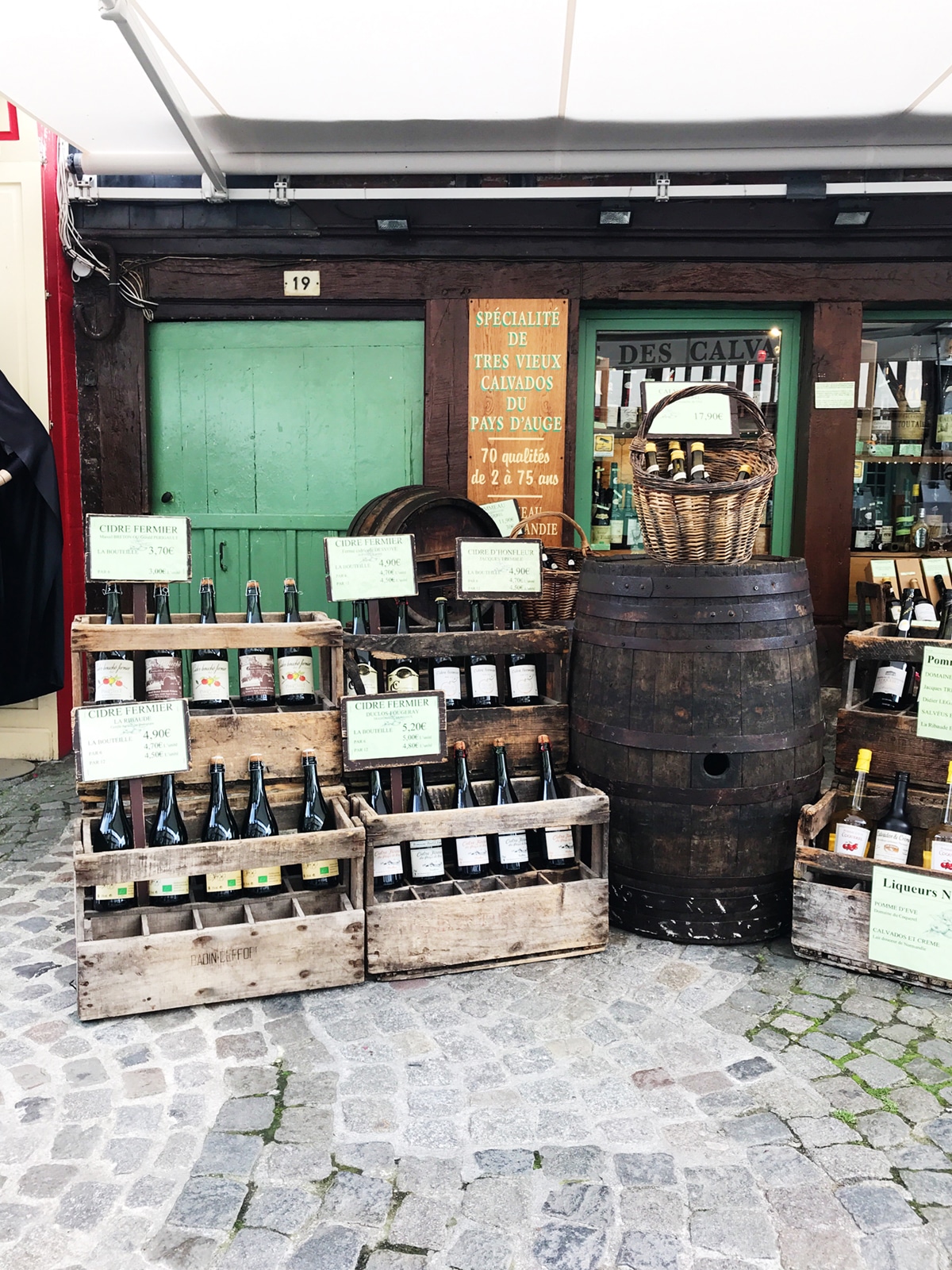
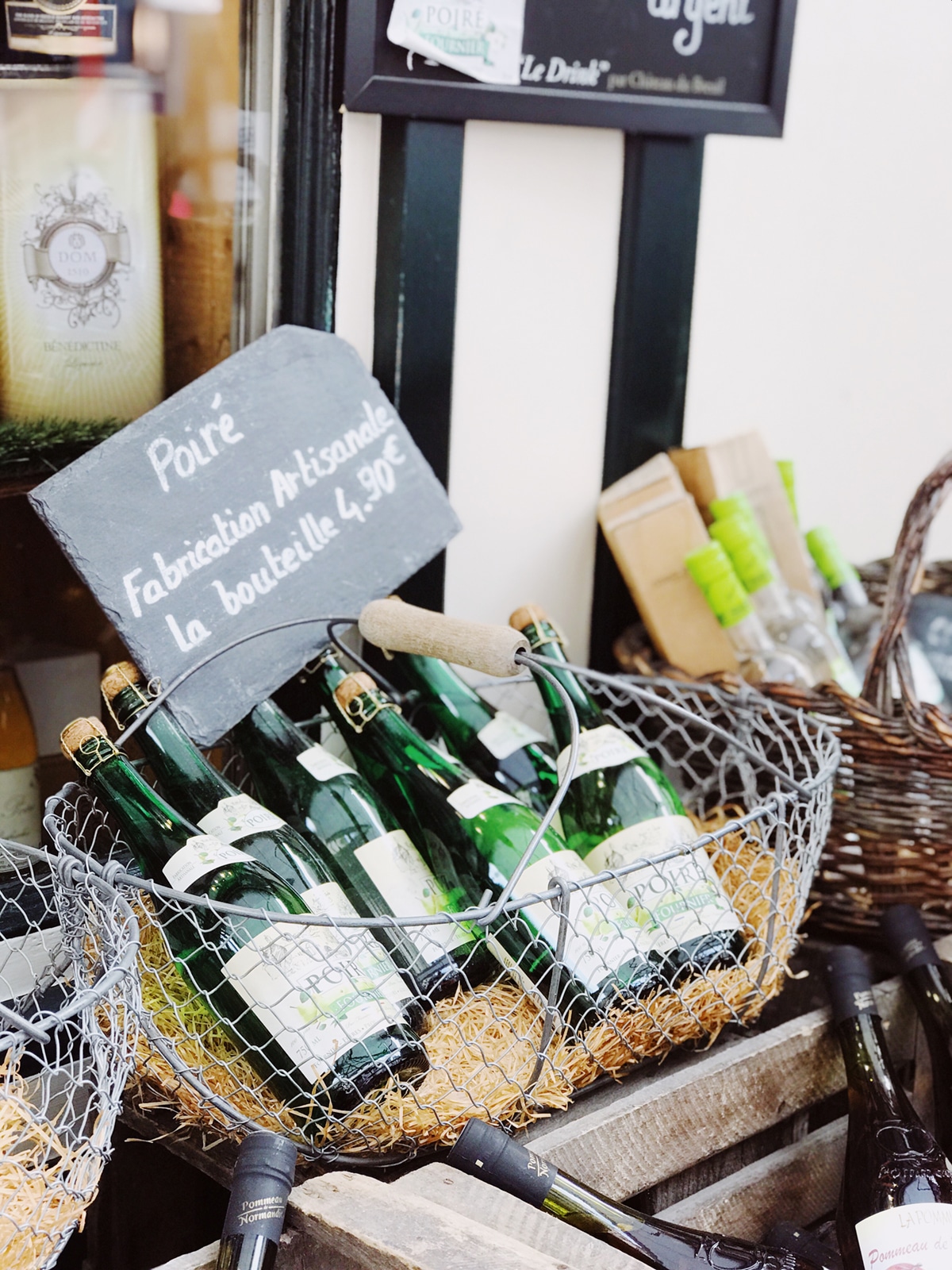
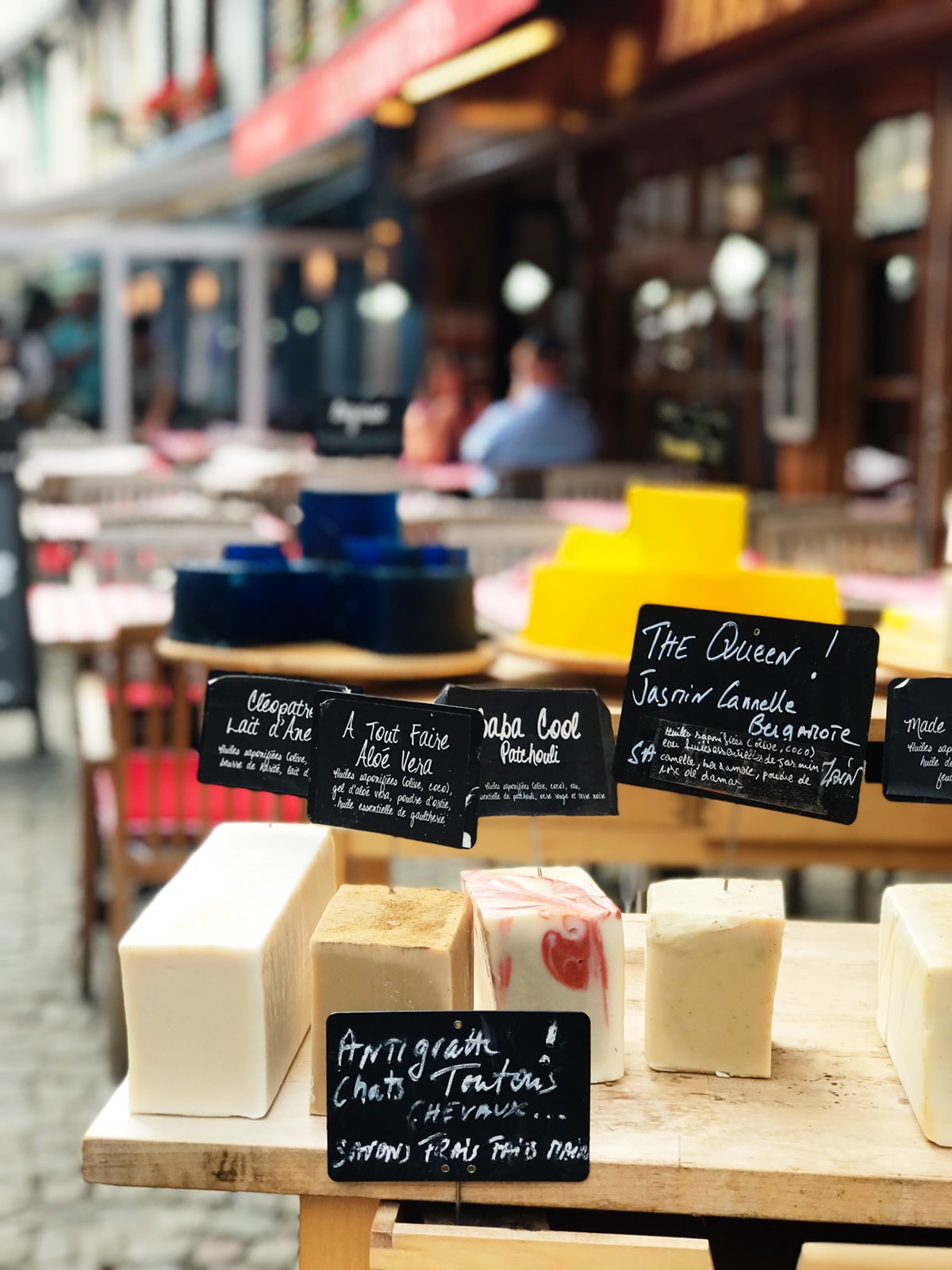
The market ended into one of the town’s larger, busier squares with several restaurants and cafes to enjoy, with the sea just a few steps away. From Honfleur the plan was to go to Deauville, which is much more of a resort town and I would have liked to explore and see the contrast between the two places. Sadly, we couldn’t find a taxi that would take us there because it was during the annual film festival (sounds much like Canne, no?), and traffic would have been horrible. 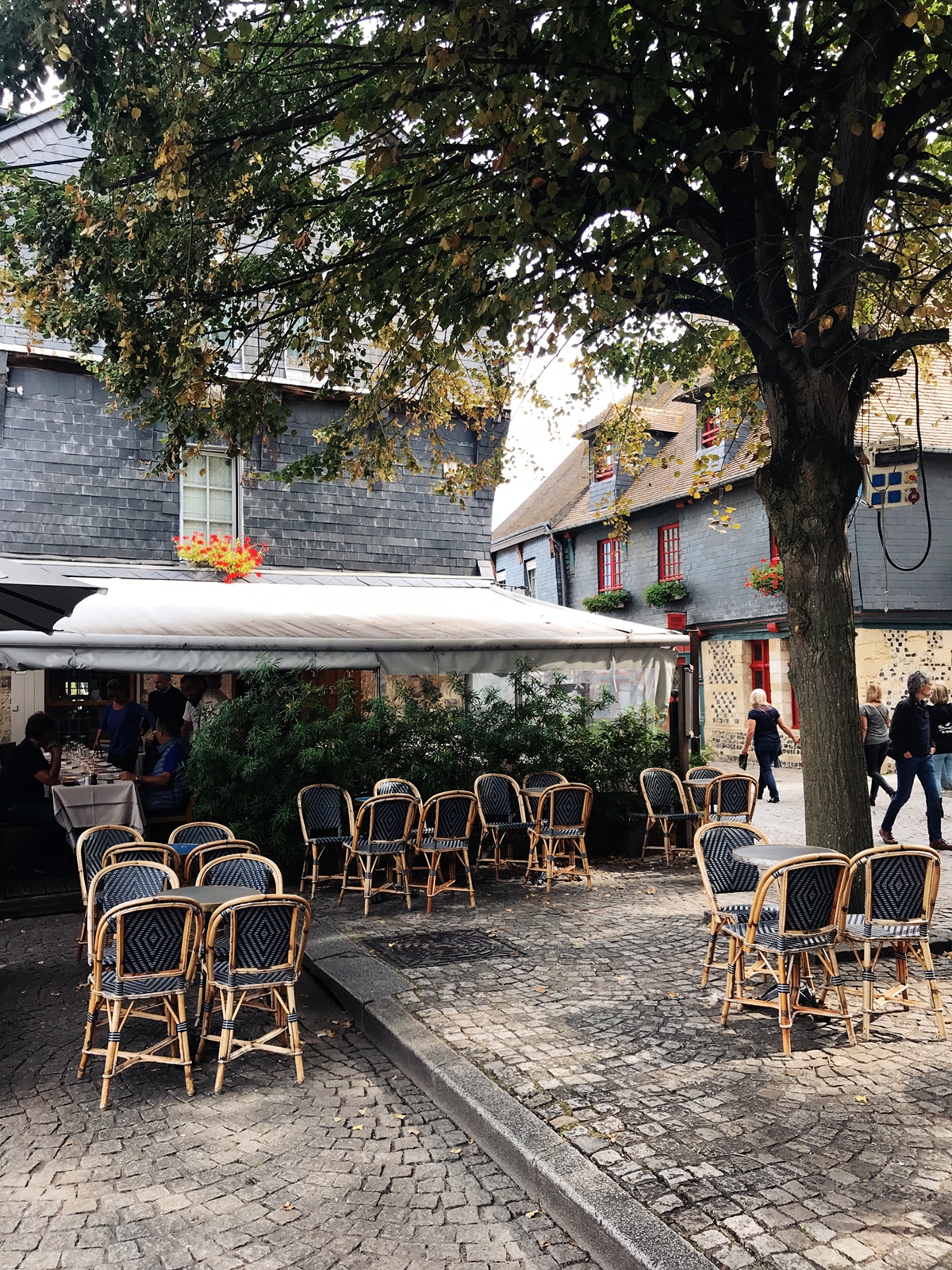
With our plans for the rest of the day thwarted, we decided to see if we could sneak into one of the later excursions through Princess, and we scrambled back to the ship just in time to catch a bus to the Benedictine Palace! 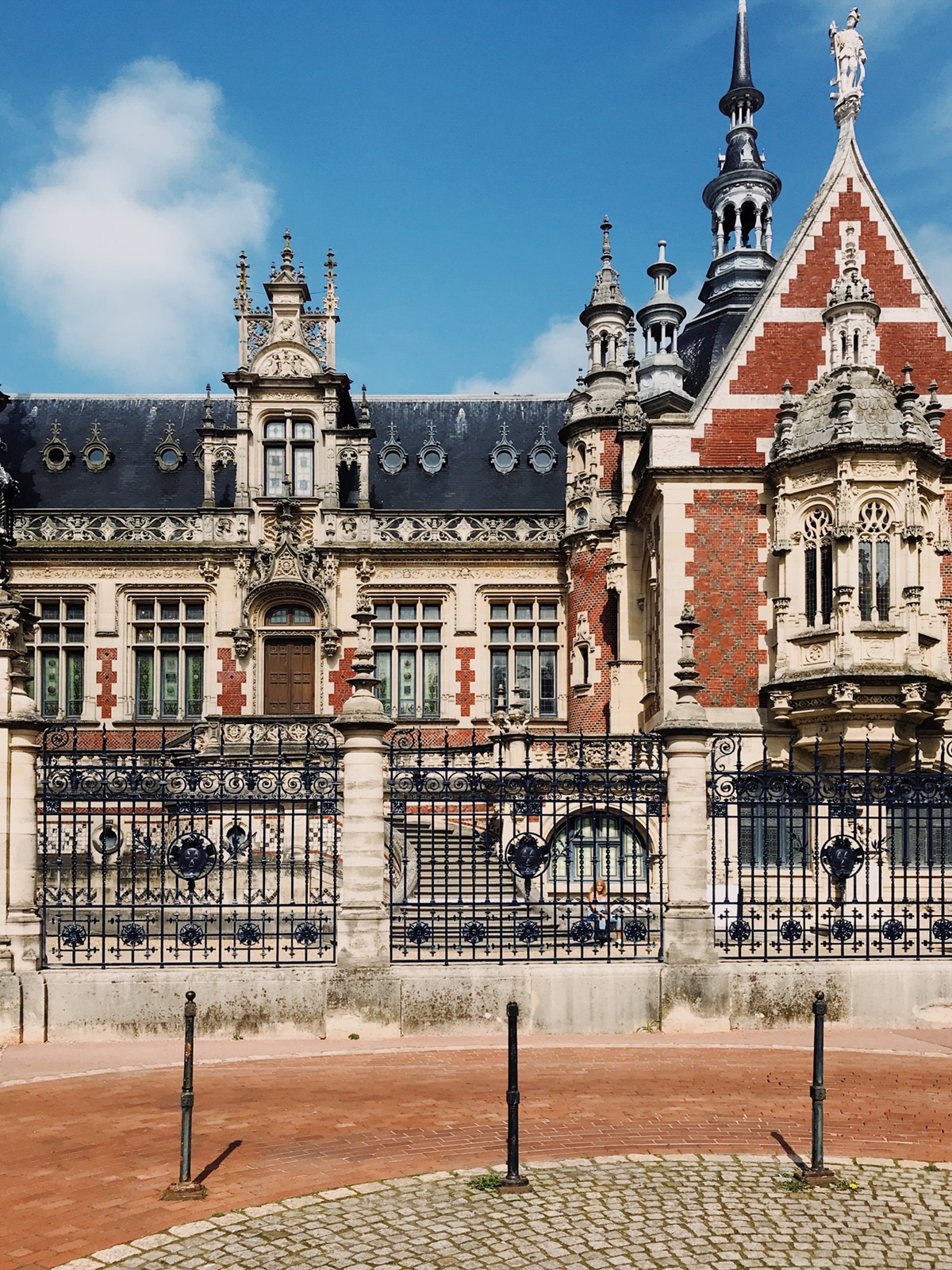
Sidenote: on the way to the palace, we took the scenic route along the water, and my goodness was it stunning! If you can take some time to explore the coastline, especially around Etretat, you won’t regret it!
The draw of the palace was not necessarily the palace itself, but actually Benedictine, the liqueur. In 1510, the Benedictine monk Don Bernardo Vincelli created the recipe for this French liqueur, which calls for 27 plants and spices. Today, it is still made here, in the palace, and only a handful of people know the actual recipe, as it is still kept in great secrecy. 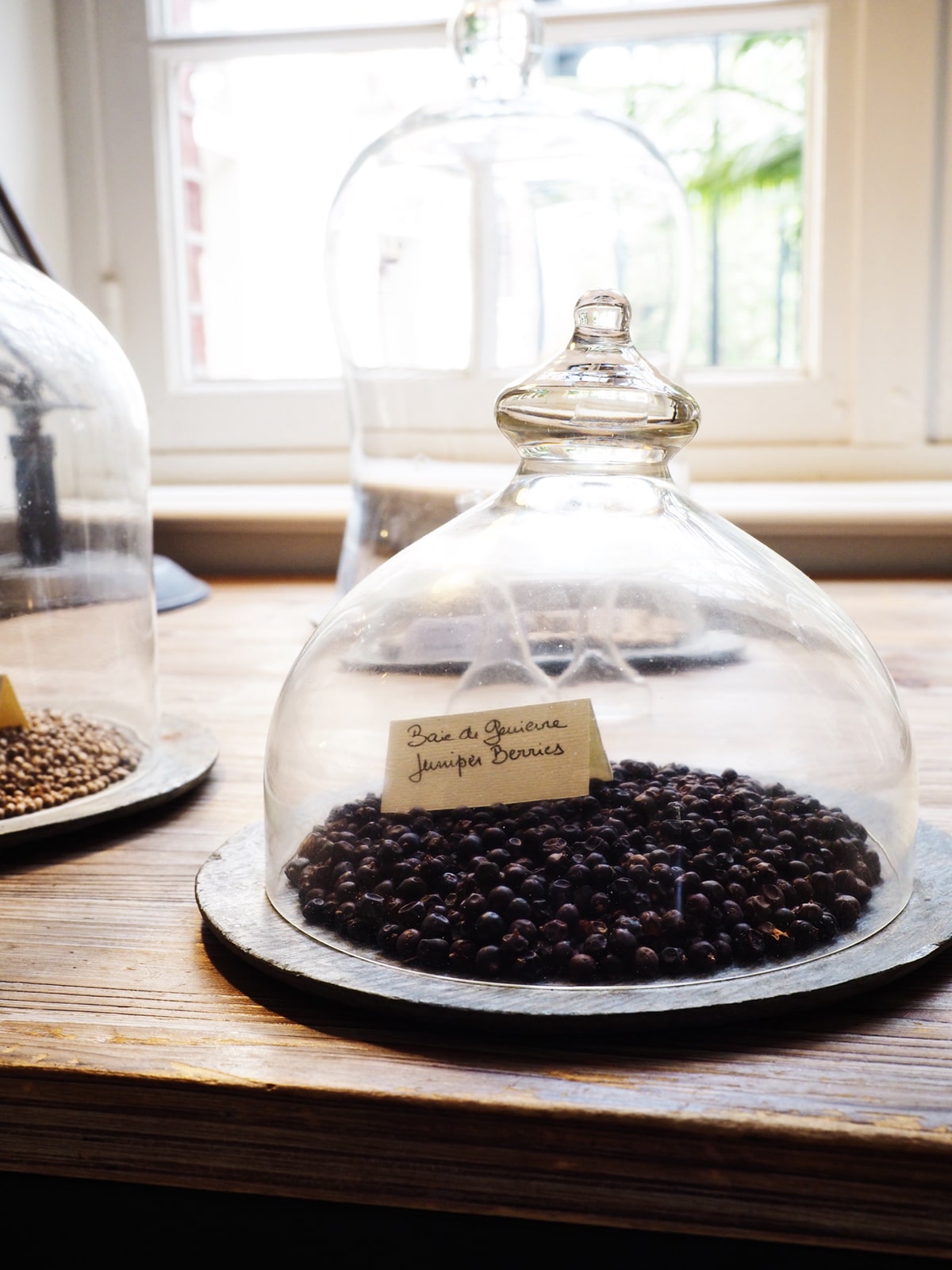
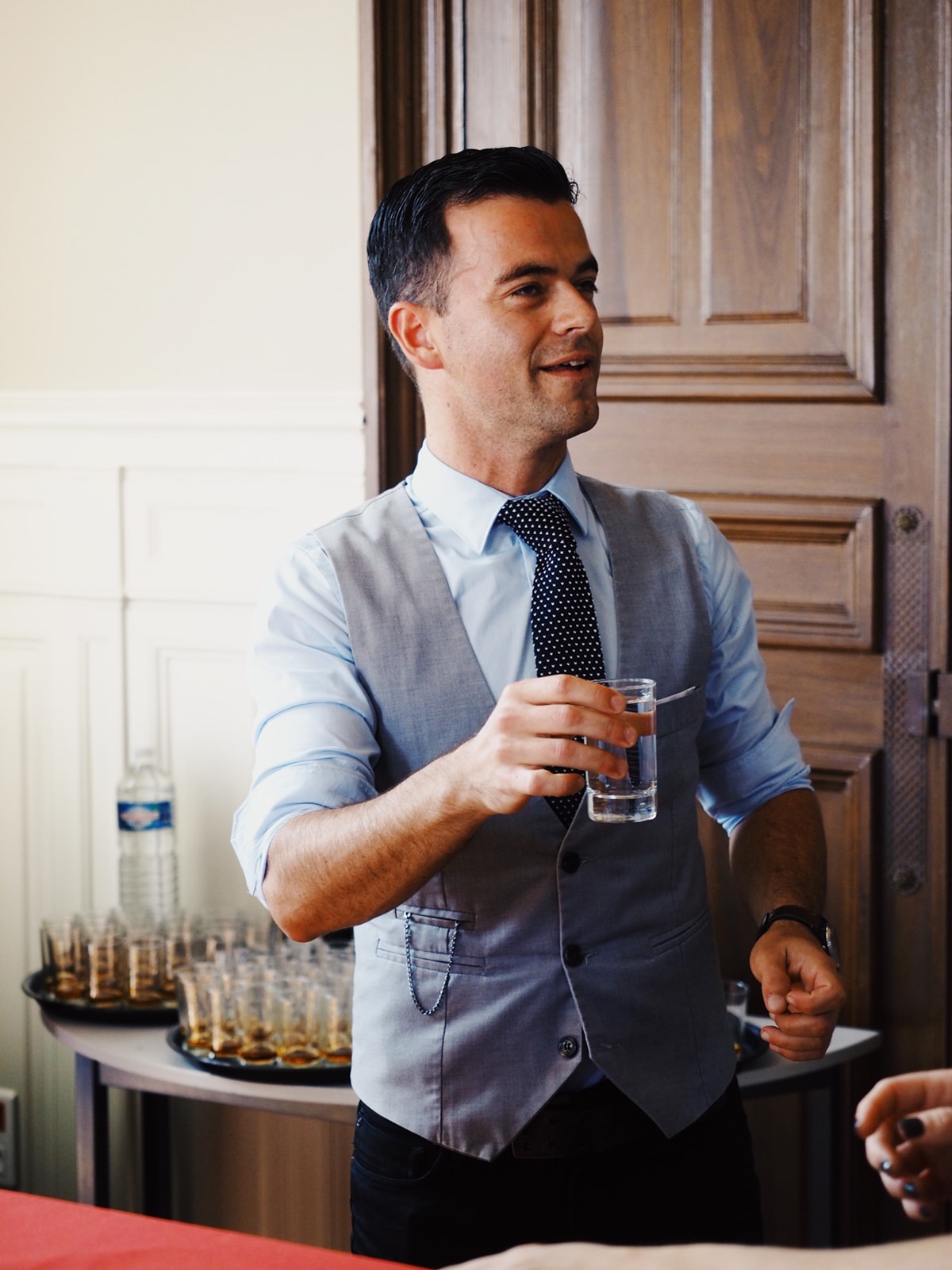
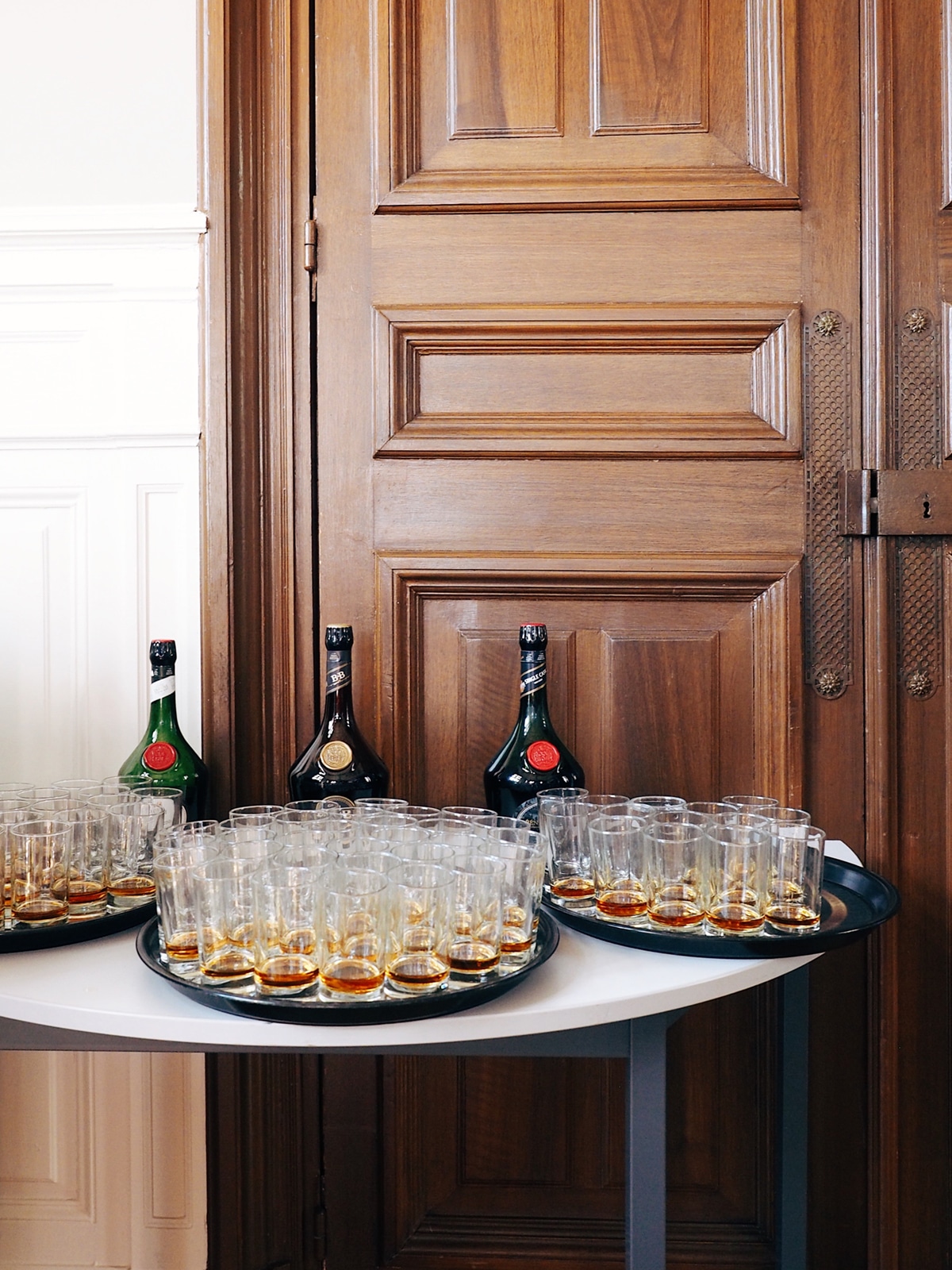
While we received a full tour of the palace and the distillery, it was Joe we really came for. He came from Deauville (ironically!), where he is a bartender, to teach us how to make two cocktail recipes – one of which I’m going to share with you today! 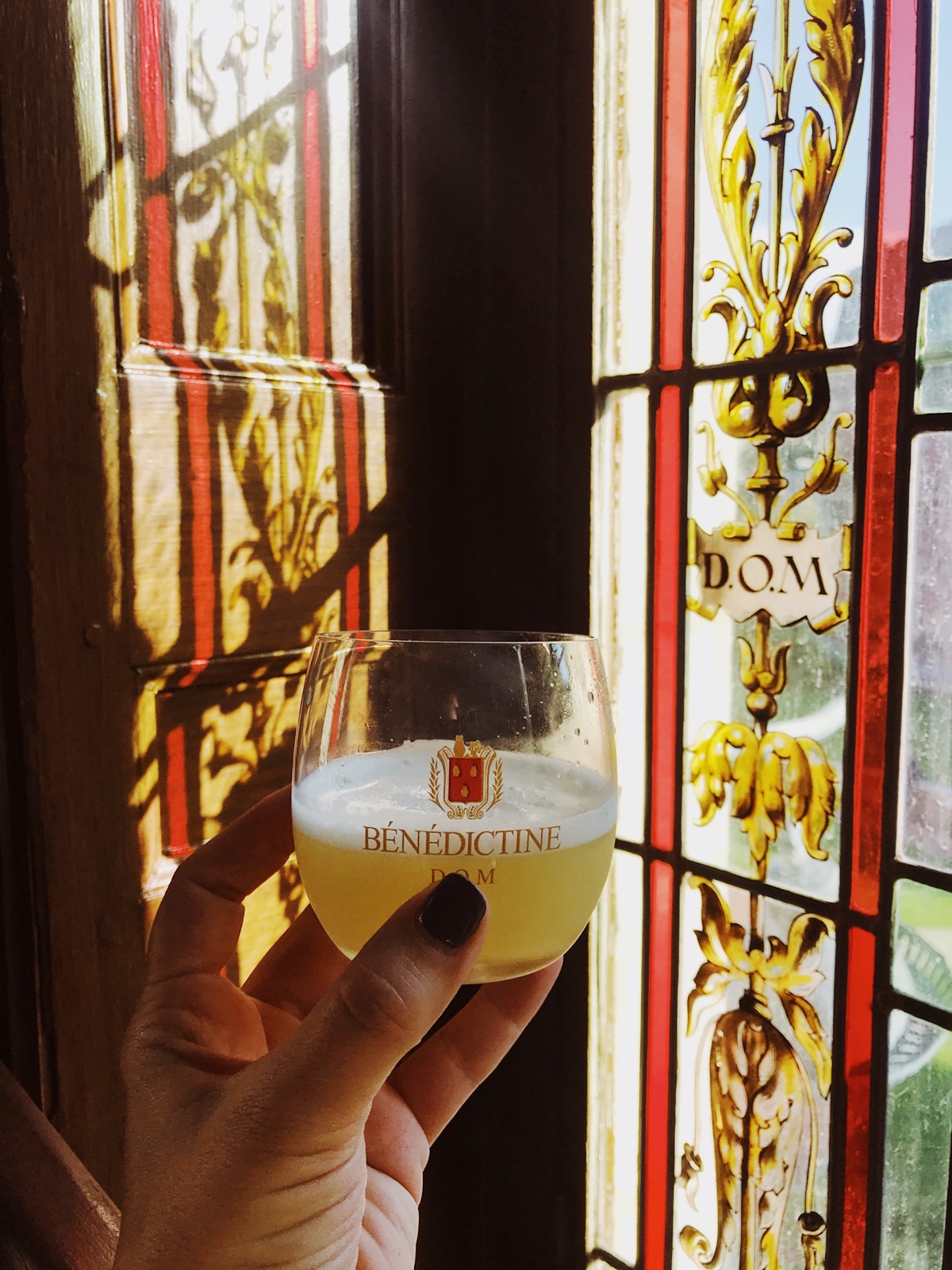
The Monk’s Sour // serves one
- 1.7 oz Benedictine Liqueur
- 25 ml freshly squeezed lemon juice
- 2 bar spoons of honey
- 1 dash orange bitters
- 15 ml egg white
- grated nutmeg for garnish
Any drink that I can make that uses only one type of alcohol is a win to me! Not only is it easier, but cheaper too. No need to stock the bar with three different liqueurs that you’ll use once a year.
To make, add all the ingredients into a shaker, then add ice. Shake extra hard, and for longer than usual, to get the egg whites to whip up. Strain into a glass and garnish with nutmeg.
I loved the taste of this! It’s light but with so much flavor, thanks to the Benedictine. And definitely a perfect winter cocktail! And now, you can feel as fancy as we did, sipping cocktails in a grand palace.